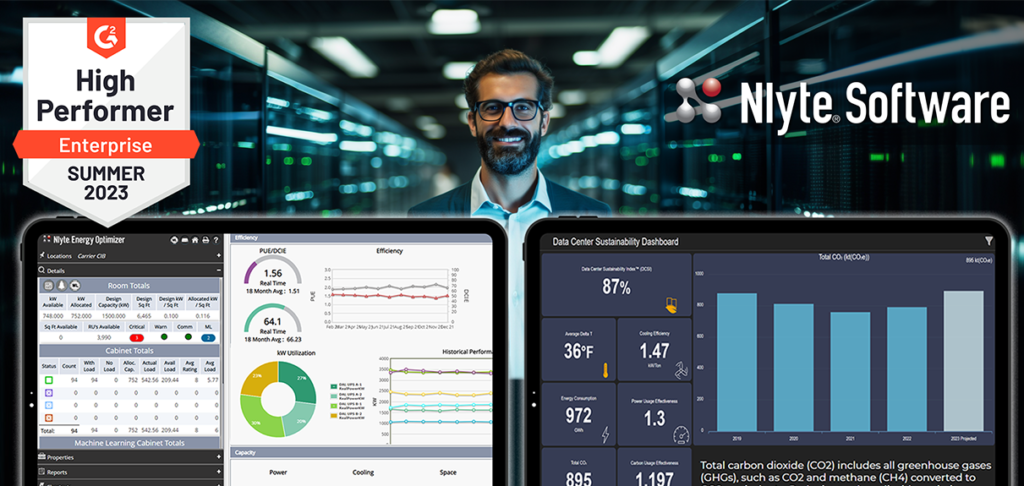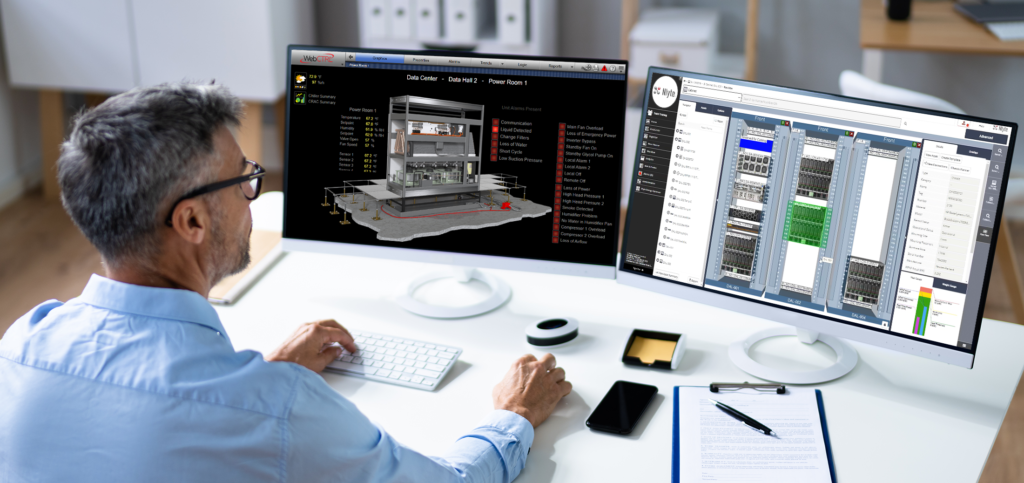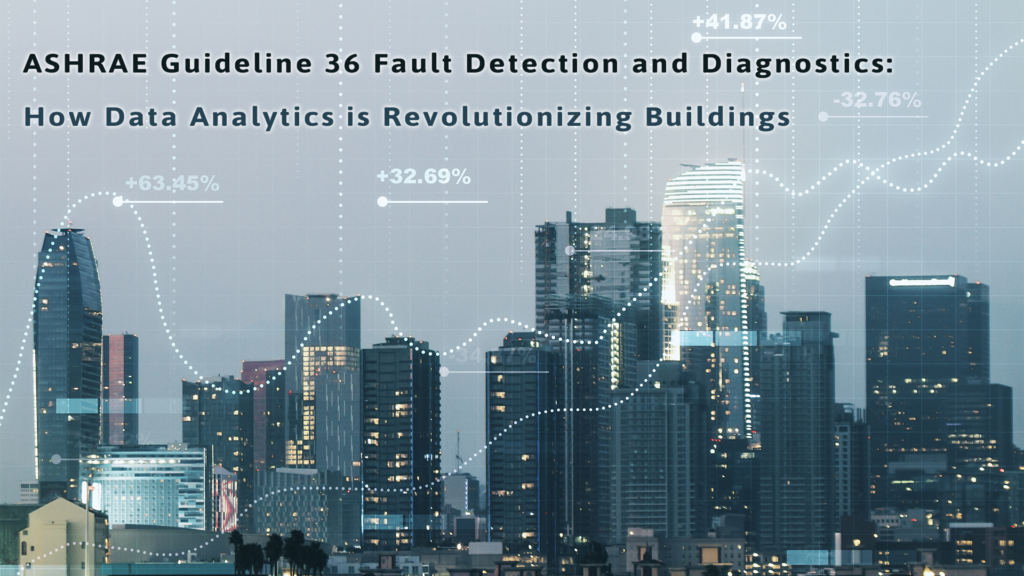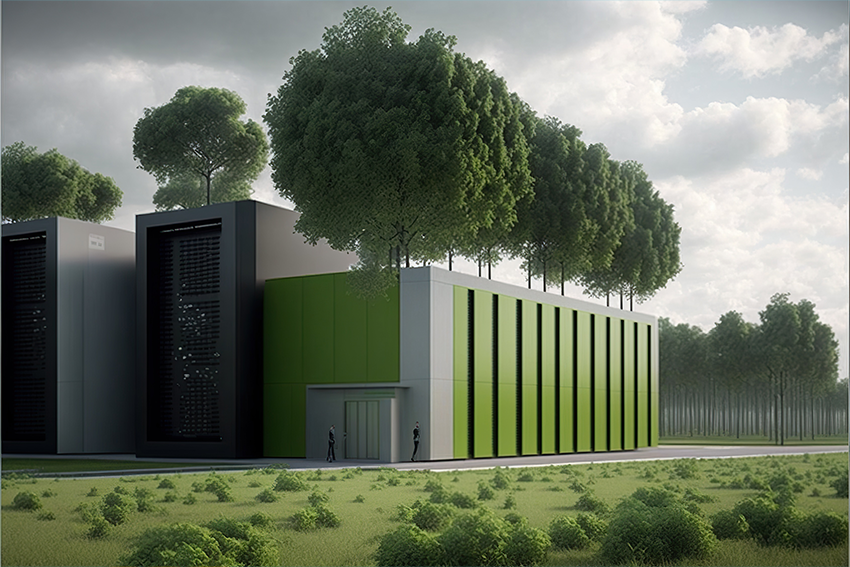
Navigating California’s New Climate Corporate Data Accountability and Financial Risk Acts: A Forward-Thinking Approach
California’s progressive climate legislation with our insightful article on Senate Bill 253 and 261. Uncover how these laws subtly encourage businesses to adopt proactive environmental strategies, emphasizing comprehensive emissions reporting and transparency in climate-related financial risks. Learn how this forward-thinking approach impacts businesses in California and sets a global precedent for corporate sustainability.










